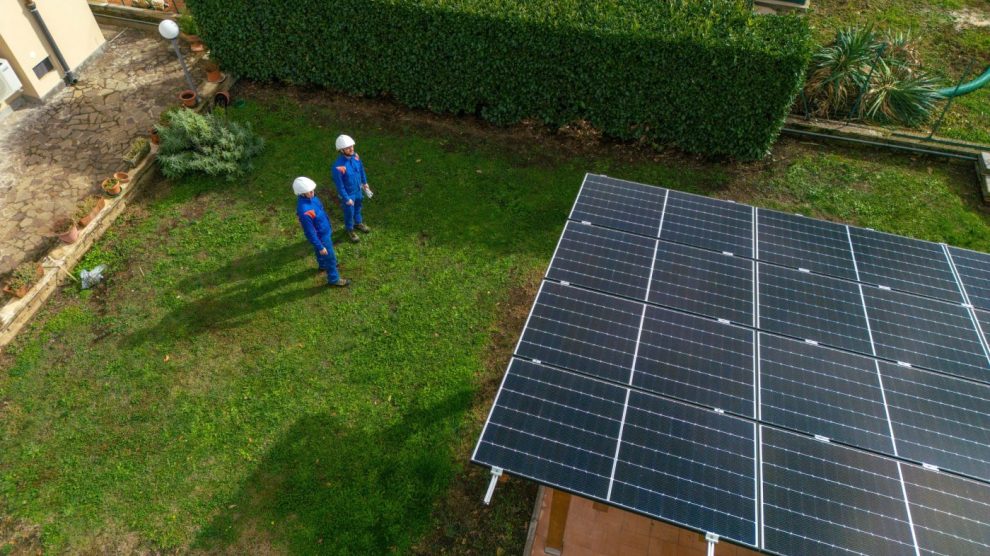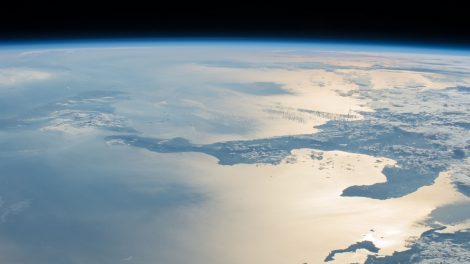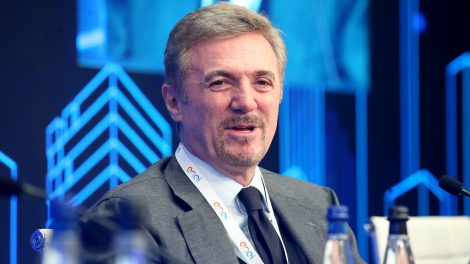Italy’s voyage to clean power. This summer, Rome signalled its intention to cover 40,5% of the country’s energy demand with renewable electricity by 2030, a 10,5% increase compared to its previous law. The target is ambitious, but Italy is undergoing a dramatic expansion in green power generation; so far in 2023 the country added 3.5 GW of solar and wind capacity, more than all of 2022 and three times compared to 2021.
- This trend is also driven by a boost in distributed energy generation, i.e. consumers turning into “prosumers” by adding small-scale power generation equipment (either single households or entire energy communities) to the grid.
- Specifically, renewable power connection requests tripled in the first seven months of 2023 compared to the same period in 2022.
- While today only 27% of Europe’s energy is fed directly into distribution networks, BloombergNEF estimates this percentage will reach 50% by 2034.
The enabling infrastructure. Once based on fossil fuels, Enel (a major State-participated Italian energy company) today is one of the world’s largest in the field of cleantech and a key actor in Italy’s decarbonisation process. Beyond working on innovative solutions to generate renewable power, the company also heavily focussed on boosting electricity infrastructure – both nationally and through its global division, Enel Grids.
- Of the €3.8 billion Enel was tasked to invest (from Italy’s National Recovery and Resilience Plan, funded with Next Generation EU money), €3.5 billion are earmarked for smart grids and infrastructure resilience.
- It also contributed with its own projects to the grid section of Brussels’ REPowerEU plan, a later, resilience-heavy integration of the former plan in the wake of Russia’s full-scale invasion of Ukraine.
- Grid resilience is also essential to countering the increasingly damaging effects of extreme weather events, whose frequency has risen by 20% over the past decade.
Numbers tell the story. Today, Enel services over half of all Italians through one of the world’s longest and most advanced networks: it’s 1.2 million kilometres long (three times the Earth-Moon distance) and includes roughly 2,500 primary and 450,000 secondary substations. This is the infrastructure underpinning the dramatic expansion of decentralised power generation.
- Of the company’s 31.7 million final users, 30 have a smart metre installed, meaning that most of its network allows for the flexible management of the supply of electricity thanks to diffused digitalisation and smart managing of demand and supply – including that originating from prosumers.
- The grid hosts roughly 1.4 million distributed generation plants – feeding electrons back into the grid to the tune of over 30 GW. That number could already rise to 40 GW, and Enel is using EU funds to boost it further.
Crowdsourcing innovation. The Italian company is also seeking to innovate by opening up competitions for engineers, industrial designers and academics, who can propose innovative solutions for the most urgent and complex network-related challenges. A recent winner, the UMWELT architecture firm, won the primary substation design challenge by proposing a multifunctional and versatile system that makes the most of all the natural elements – sun, light, wind and rainwater – and combines energy efficiency with the best balance between investment and economic, environmental and social benefits.
- Design engineer Eugenio Bini developed a concept for secondary substations with the “Enel Box,” a concept redesign essential electricity infrastructures in the name of sustainability, which will be complete by 2023 and start deploying in 2024.
- Together with Hitachi Energy, Enel Grids also created a 40 MVA power transformer featuring an innovative technological solution to progressively reduce the infrastructure’s indirect emissions to zero by employing natural ester as an insulator to significantly reduced the product’s carbon footprint from production to disposal.





